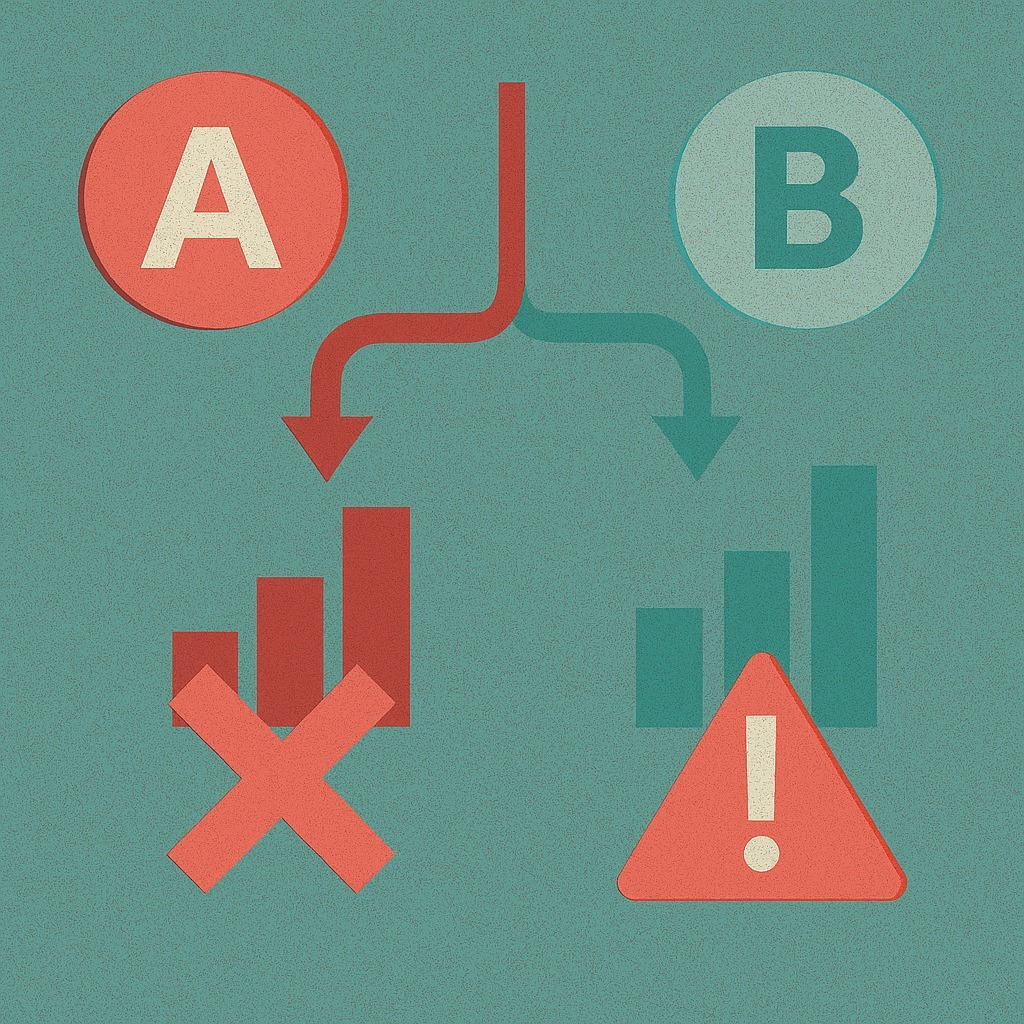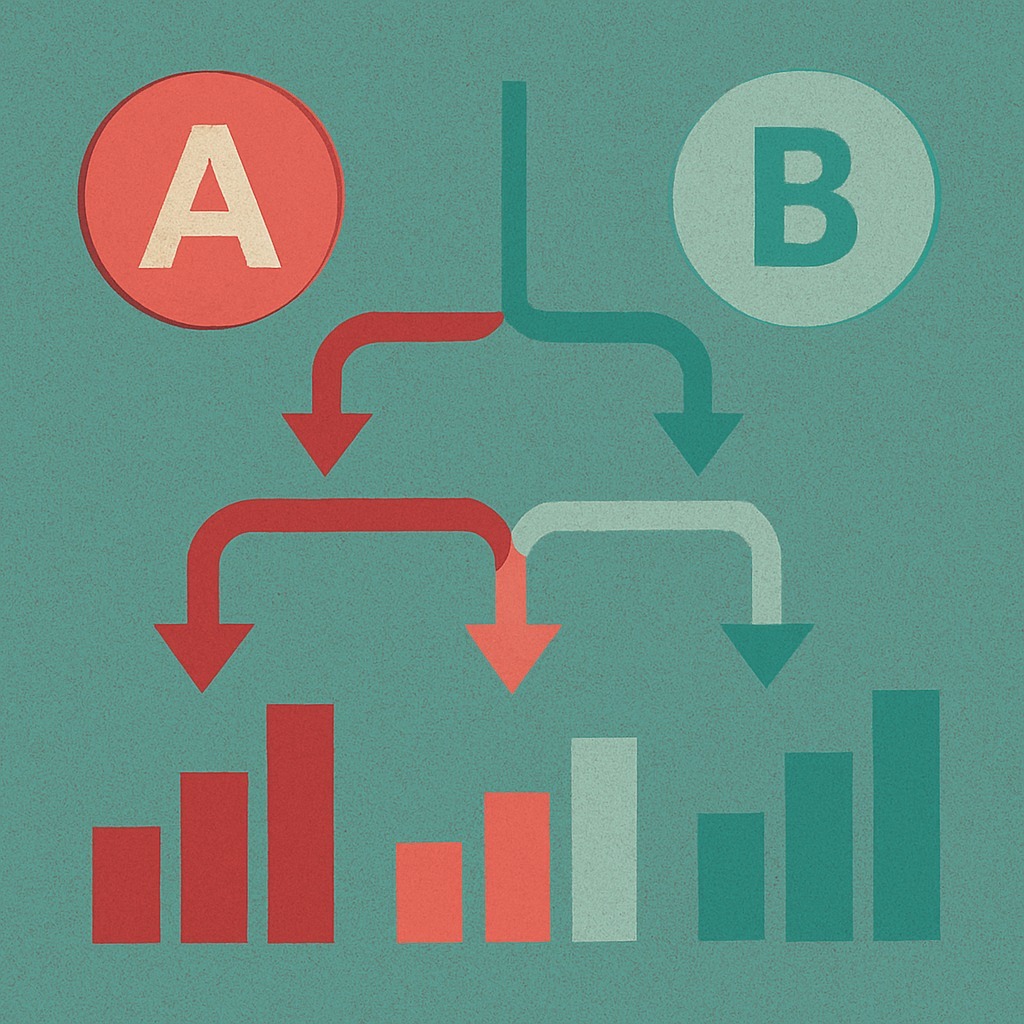
How Much Traffic You Need for A/B Testing (With Conversion Rate Benchmarks)

When Should I A/B Test on My Website?
A/B testing is a powerful tool — but it's only useful when you have enough data to make statistically sound decisions. Otherwise, you're guessing. So when should you A/B test?
Start with these basics:
-
You need a clear goal (e.g., more signups, purchases, clicks).
-
You need enough visitors to reach statistical significance — meaning the difference you see isn't just random.
How much traffic do you need?
It depends on your conversion rate:
-
At a 2% conversion rate, you’ll need around 6,000–8,000 visitors per variation to detect a meaningful difference.
-
At a 5% conversion rate, plan for 3,000–4,000 visitors per variation.
-
At a 10% conversion rate, about 1,500–2,000 visitors per variation may be enough.
(These are rough estimates assuming you want a 95% confidence level and are looking for a 10–20% improvement.)
What if you don’t have that much traffic yet?
If you’re not at those numbers, that’s okay — don’t rush into A/B testing. Instead, focus on:
-
User testing: Interview or observe a handful of real users navigating your site.
-
Best practices: Build on strong UX principles (like clear navigation, mobile-friendly design, fast page loads, and obvious calls to action).
Good qualitative insights often move the needle more than small A/B tweaks when you're early on.
What if you don’t know your current conversion rates?
You're not alone — and it's a critical first step. We can help you set up clean, accurate analytics so you know exactly where you stand and where to optimize. [Contact us here] to get started.
Bottom line:
A/B testing is a strategic tool, but it's not a shortcut. Make sure you have enough data, a strong foundation, and the right goals first — and your tests will be smarter and more impactful.


